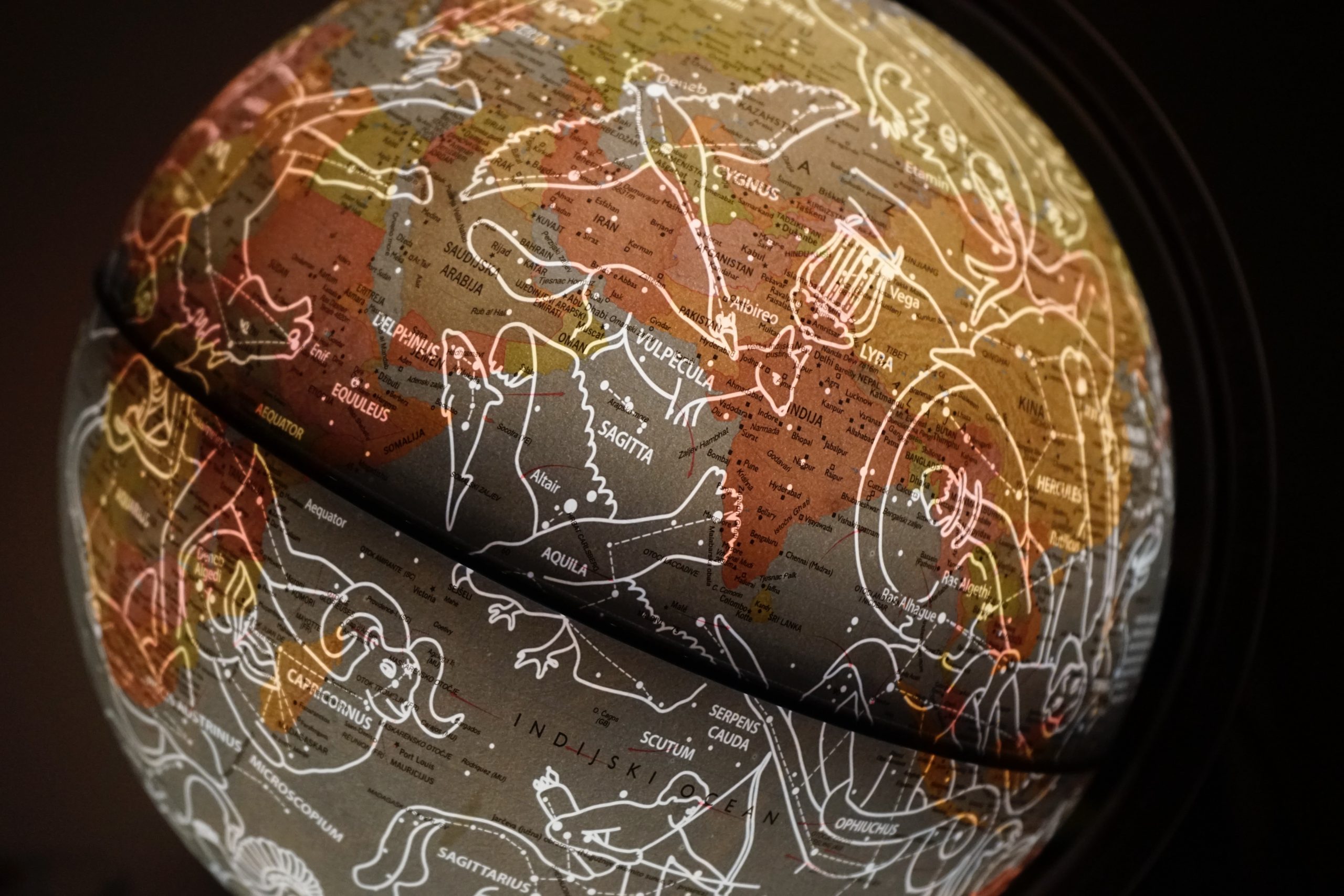Why is the Menstrual Cycle 28 Days?
For many women, the menstrual cycle is an inevitable part of their lives, usually lasting around 28 days. This biological phenomenon, while often spoken about, remains a mystery to many. Have you ever wondered why the menstrual cycle tends to be 28 days for most women? In this blog post, we will explore the reasons behind this recurring pattern and delve into the complex interplay of hormones, bodily functions, and evolutionary factors that contribute to this phenomenon.
The Basics of the Menstrual Cycle
Before understanding why the menstrual cycle is typically 28 days, it is essential to grasp the fundamental aspects of this process. The menstrual cycle refers to the monthly hormonal changes experienced by women of reproductive age.
On average, the menstrual cycle lasts around 28 days, although variations ranging from 21 to 35 days are considered within the realms of normality. Day one of the cycle starts with the onset of menstruation and ends just before the next period begins.
The menstrual cycle primarily involves the ovaries and the uterus. The ovaries play a central role in producing eggs and releasing hormones like estrogen and progesterone. The uterus, on the other hand, prepares for potential pregnancy by thickening its lining, which sheds during menstruation if pregnancy does not occur.
The Role of Hormones
The menstrual cycle is governed by a delicate balance of hormones, primarily estrogen and progesterone. These hormones are responsible for regulating the growth and release of eggs, preparing the uterus for pregnancy, and controlling menstruation.
During the menstrual cycle, the levels of estrogen in the body gradually rise, causing the uterine lining to thicken. This allows the uterus to prepare itself for a potential pregnancy. Around day 14 of the cycle, a surge in luteinizing hormone (LH) triggers the release of an egg from the ovaries, a process known as ovulation.
Following ovulation, the empty follicle that housed the released egg develops into a structure called the corpus luteum. The corpus luteum produces high levels of progesterone, which further thickens the uterine lining in preparation for implantation of a fertilized egg. If fertilization does not occur, estrogen and progesterone levels decline, leading to the shedding of the uterine lining and the start of a new cycle.
The Evolutionary Perspective
So, why is the menstrual cycle typically 28 days? One possible explanation lies in evolutionary factors. It is believed that a 28-day cycle optimizes the chances of conception and pregnancy.
Throughout history, women’s reproductive success hinged on their ability to bear children. A 28-day cycle aligns with the lunar cycle, which lasts approximately 29.5 days. Some research suggests that when women lived closer to nature and were exposed to natural lighting conditions, their menstrual cycles often synchronized with the phases of the moon.
Syncing with the lunar cycle could have provided advantages in terms of increased chances of conception and greater success in pregnancy. For example, the full moon was associated with increased brightness during nighttime, potentially facilitating successful mating and increased fertility.
Additionally, a shorter menstrual cycle would lead to more frequent ovulation without allowing an adequate amount of time for the development of a viable pregnancy. On the other hand, a longer menstrual cycle would reduce the number of potential ovulations, further impeding successful reproduction.
Individual Variations
While the 28-day menstrual cycle is considered the norm, it is important to note that individual variations exist. Many women experience slightly shorter or longer cycles, which fall within a range of what is considered normal.
Factors such as stress, lifestyle, diet, and underlying medical conditions can influence the length and regularity of a woman’s menstrual cycle. However, if significant deviations from the average cycle length occur consistently or are accompanied by other symptoms, it may be advisable to consult a healthcare professional to rule out any underlying issues.
Conclusion
The 28-day menstrual cycle, while considered the norm, is influenced by complex hormonal interactions and evolutionary factors. The interplay between estrogen and progesterone, along with the cycling of the uterine lining, creates a recurring pattern that aligns with the lunar cycle in many women.
Understanding the intricacies of the menstrual cycle can empower women to better track their reproductive health, identify any abnormalities or irregularities, and make informed decisions about family planning and overall well-being.
While the 28-day cycle is seen as ideal from an evolutionary standpoint, it is important to remember that natural variations exist, and individual differences should always be considered when assessing reproductive health.
Ultimately, each woman’s menstrual cycle is unique, and by embracing this diversity, we can foster a better understanding and appreciation of the wonders of the female body.
Table of Contents
